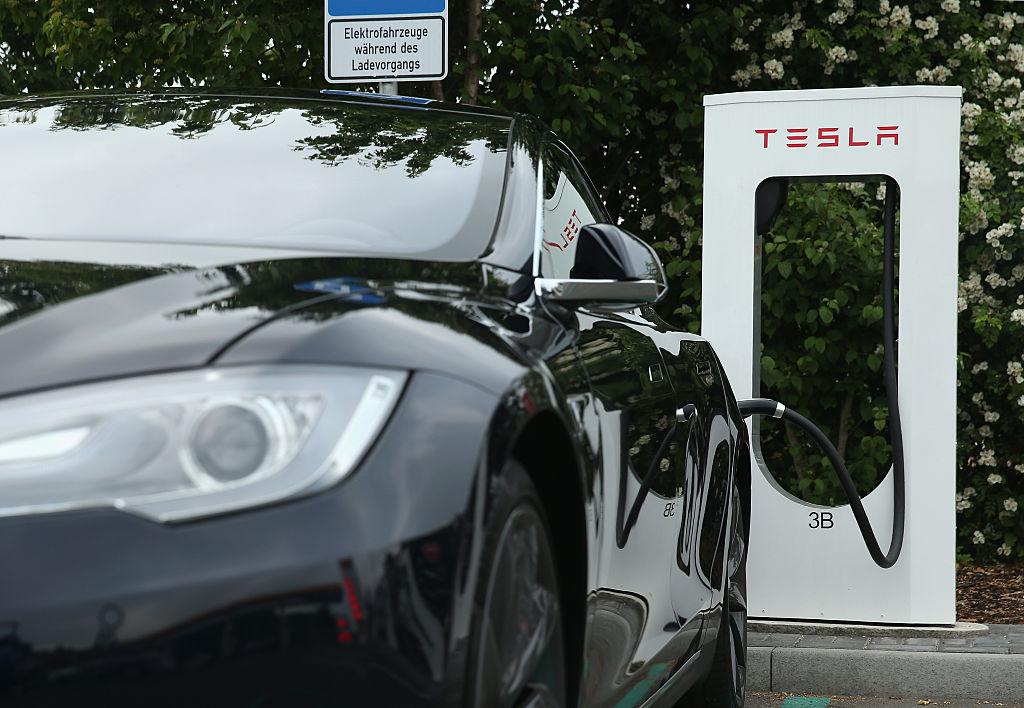People residing in member nations of the European Union will no longer be able to buy new cars that run on gasoline or diesel, according to a rule adopted by the European Council on March 28.
“The council today adopted a regulation setting stricter CO2 emission performance standards for new cars and vans,” the official statement reads. “The new rules set the following targets: 55 percent CO2 emission reductions for new cars and 50 percent for new vans from 2030 to 2034 compared to 2021 levels. One hundred percent CO2 emission reductions for both new cars and vans from 2035.”





